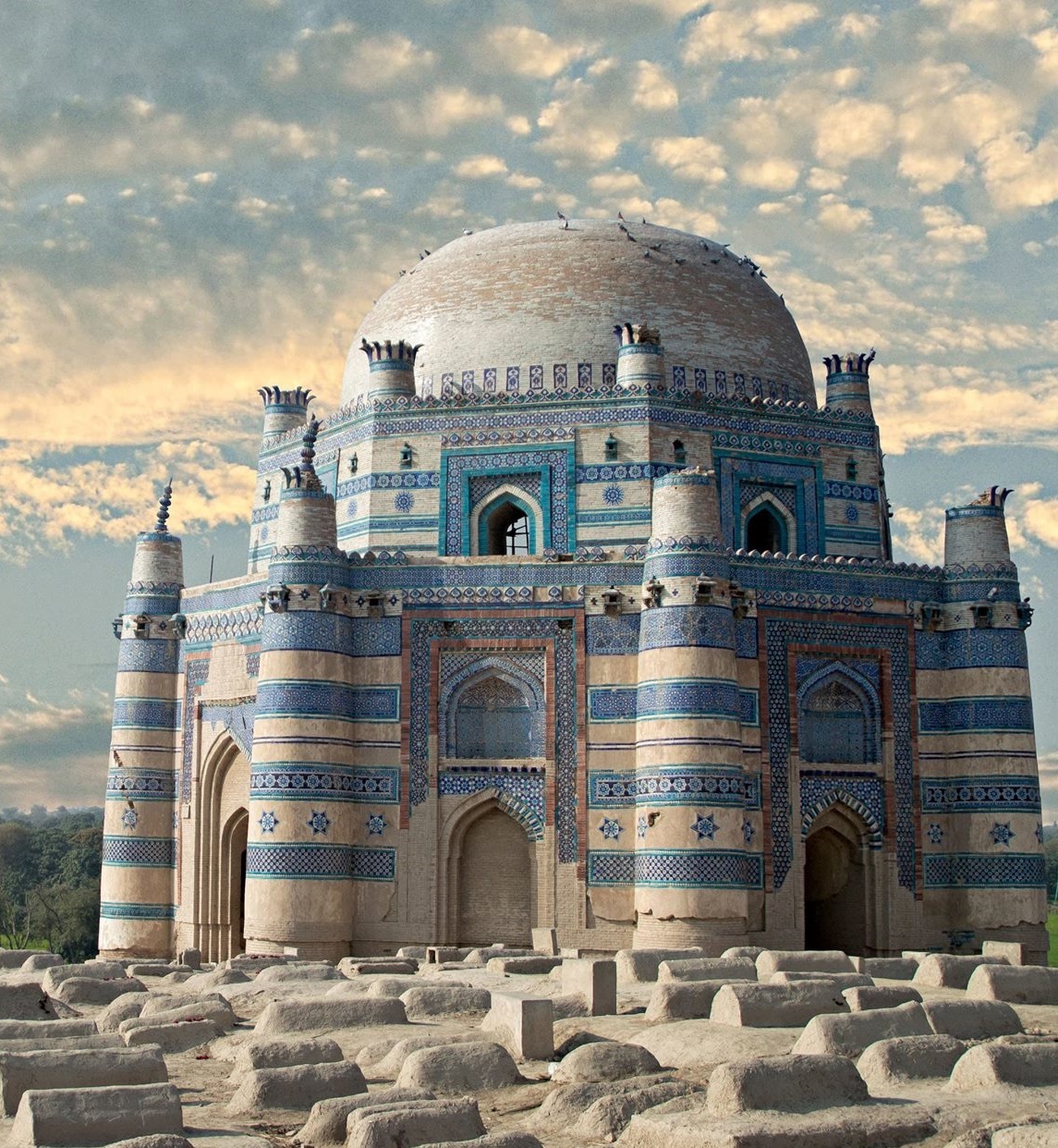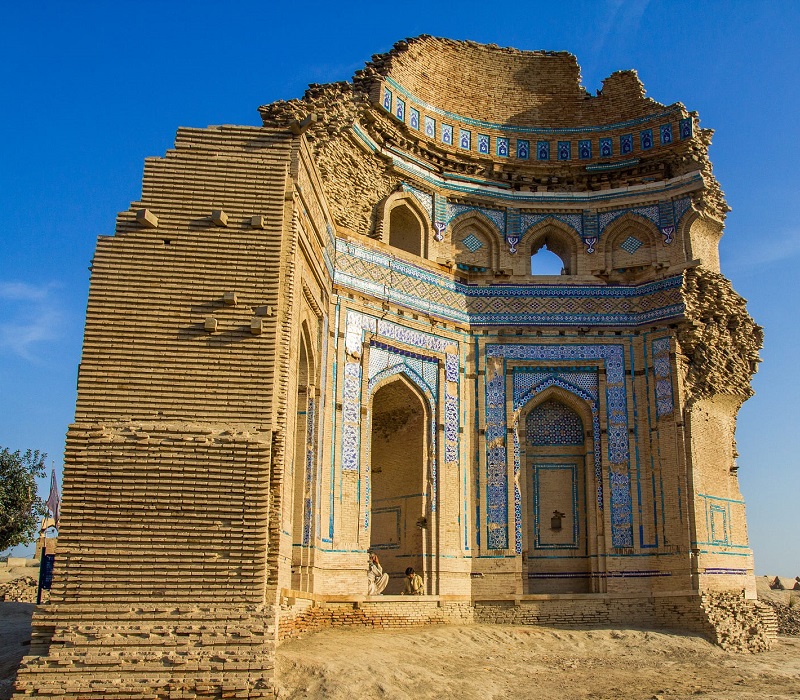Know About the Uch Sharif?
City of Knowledge
Uch Sharif was a hub of knowledge in the past. People all over the world visited Uch Sharif to learn the knowledge and education from the very renowned scholars and teacher in the field of Islamic studies, medicine, mathematics and the state of the art technical knowledge.
The present town of “Uch” has also remained the centre of promotion and propagation of religious knowledge in the Indo-Pak sub-continent. The first ever Islamic seat of learning was established by Hazrat Sheikh Safiuddin Gazroni (RA) in 980 A.D., with about 500 students had been seeking education (Shehab, 1982). The Sumra dynasty of Sindh during their rule (1053-1400 A.D.) set up a Madrassah-e-Ferozia in Uch Sharif. When Nasiruddin Qabacha became a sovereign ruler of Multan, Bahawalpur, Sindh and Marwar, he declared Uch Sharif as his capital, and then he appointed Qazi Minhajuddin Siraj, the author of the “Tabqat-e-Nasiri” as the Superintendent of that institution (Siraj 1975).
Due to these strenuous efforts more than 2500 Muslim students of central Asia had been quenching their thirst of knowledge from this great institution. In addition to this in the adjacent town of Bahawalpur, Uch Sharif, the exalted figures and accomplished religious scholars like, Hazrat Jalauddin Surkhposh Bukhari (RA) (Rehman 1930), Qazi Jamaluddin Uchi, Syed Hassan Kabir, Syed Muhammad Ghouse Halabi, Shaikh Jamal Khandaroo set up the private institutions. At that time Uch Sharif was popularly known as “The City of Knowledge” due to the presence of a group of renowned educational institutions (Imam, 1964).


